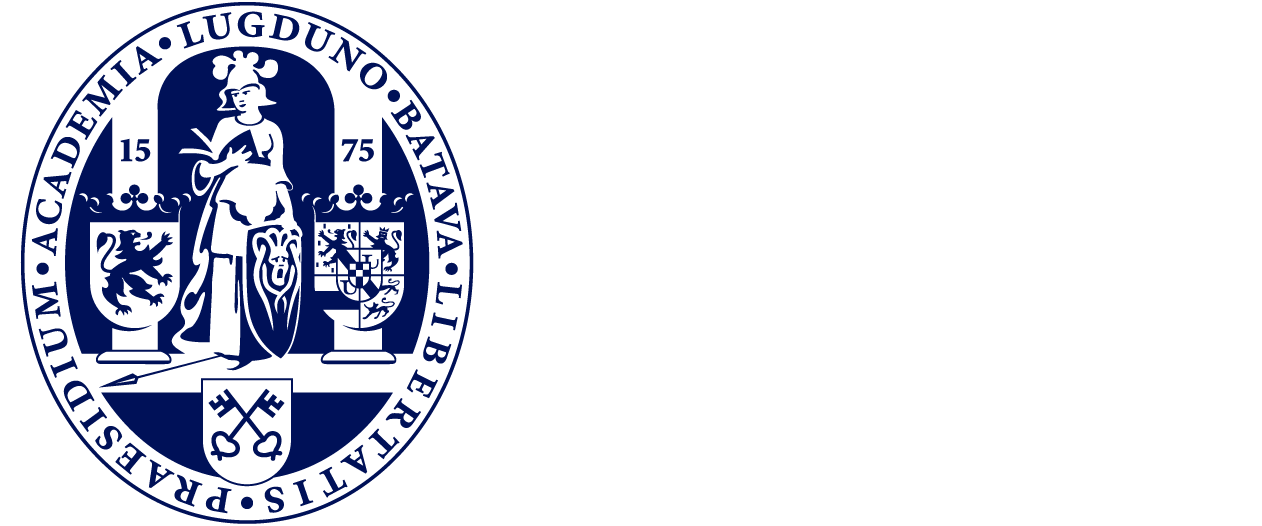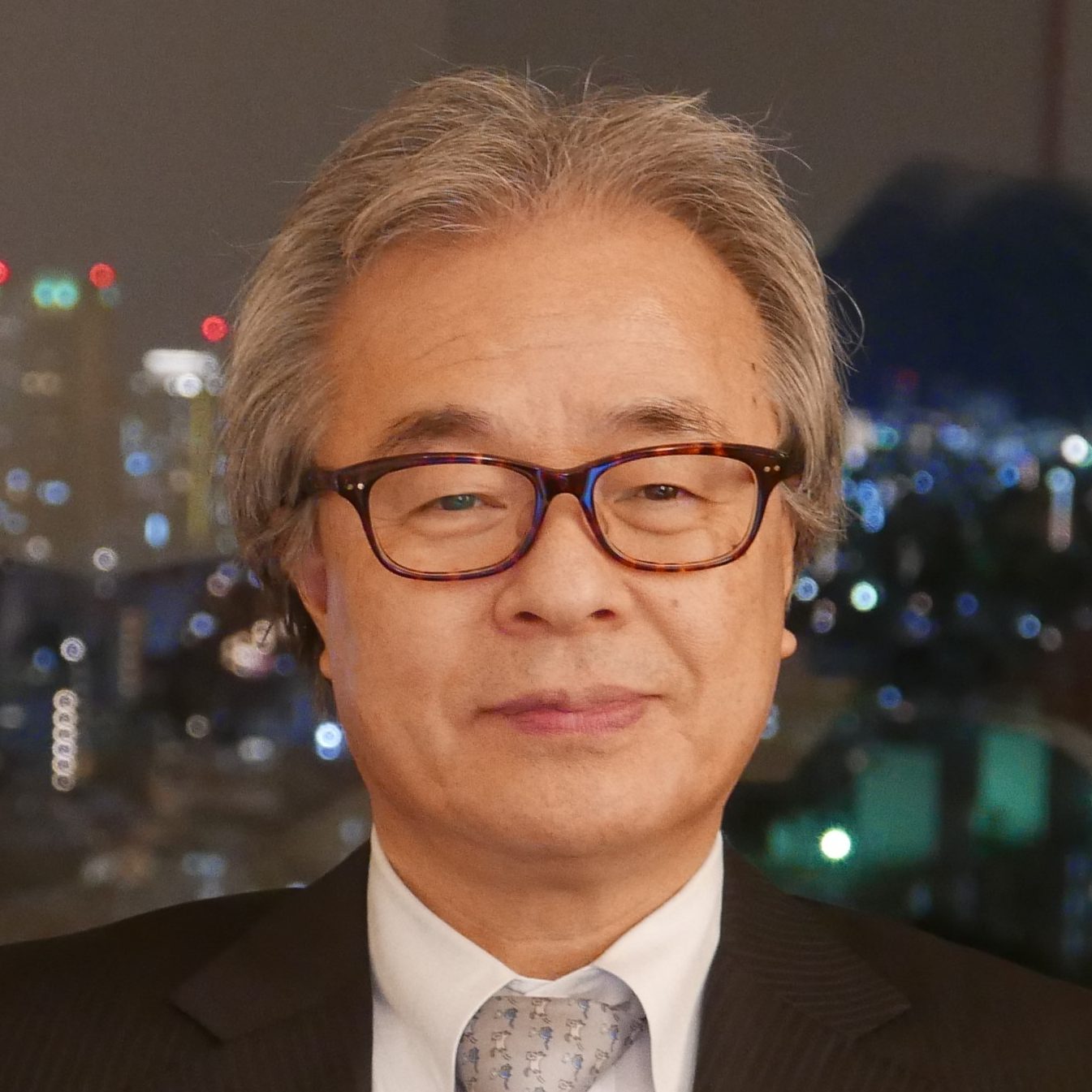Webinar on July 7, 2021, 3:10 pm UTC+2
Thermal Lens Microscopy and Microfluidics/Nanofluidics
We made thermal lens spectrometry possible under an optical microscope which was named thermal lens microscope TLM in 1993. Our microfluidics was born in the process of TLM development. A micro vessel was needed for liquid sample under an optical microscope. We fabricated a straight channel on a glass substrate, and tried to obtain thermal lens signal under an objective lens. After we succeeded in TLM experiments, the channel which had six inlet and outlet of liquid sample was utilized for introducing different solutions, mixing, and chemical reactions. This device and system were flexible and we applied to chemical reaction, extraction, immunoassay, and many kinds of chemical analysis and experiments including cell culture and biomedical experiments in the 1990’s, which are the main stream of microfluidics today.
A true optical configuration of thermal lens spectroscopy was realized by utilizing optical aberration of an objective lens system. We applied this method to a small glass rod which was an optical fiber connector, and succeeded in device integration of TLM optics onto a small glass rod, which was named as thermal lens device TLD. Both TLM and TLD are very powerful readout tool of our microfluidic systems, and we have developed variety of applications.
In 2002, we developed microfluidics onto nanofluidics already. Channel size of nanofluidics is the same or smaller than wavelength of light, and the geometric optics of thermal lens no longer holds. We introduced wave optics of differential interference contrast DIC into the TLM optical system, that is, the DIC-TLM. We could detect small optical absorption even in a nanochannel by optical phase shift of the prob beam. The exact name of this method is photothermal optical phase shift detection, POPS detection. We applied our POPS detector to readout for nanofluidics. Now, the combination of nanofluidics and POPS realized even living single cell protein analysis at pL sample and countable number molecules.
In the lecture, I will introduce these methodologies and applications.


